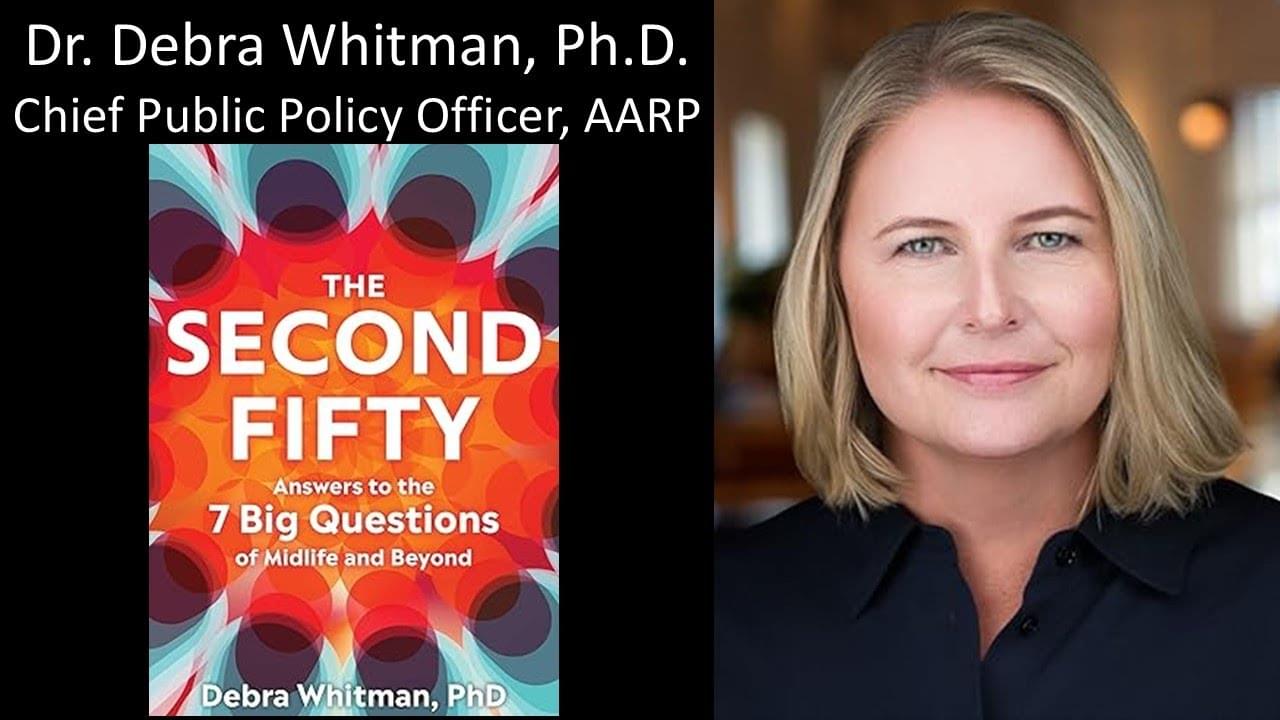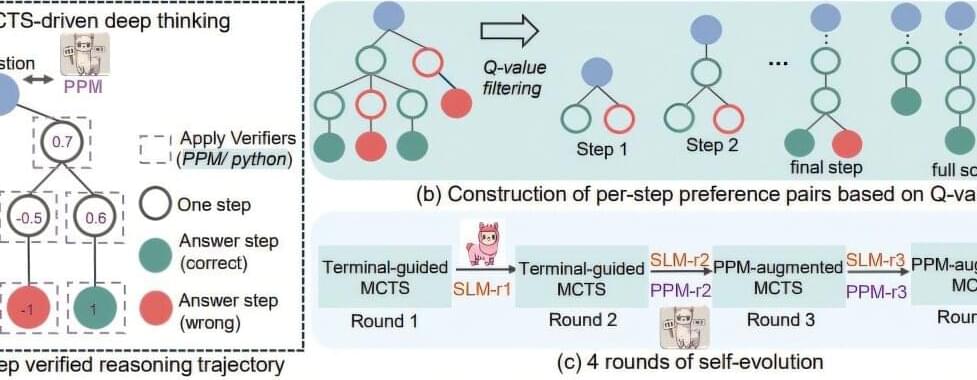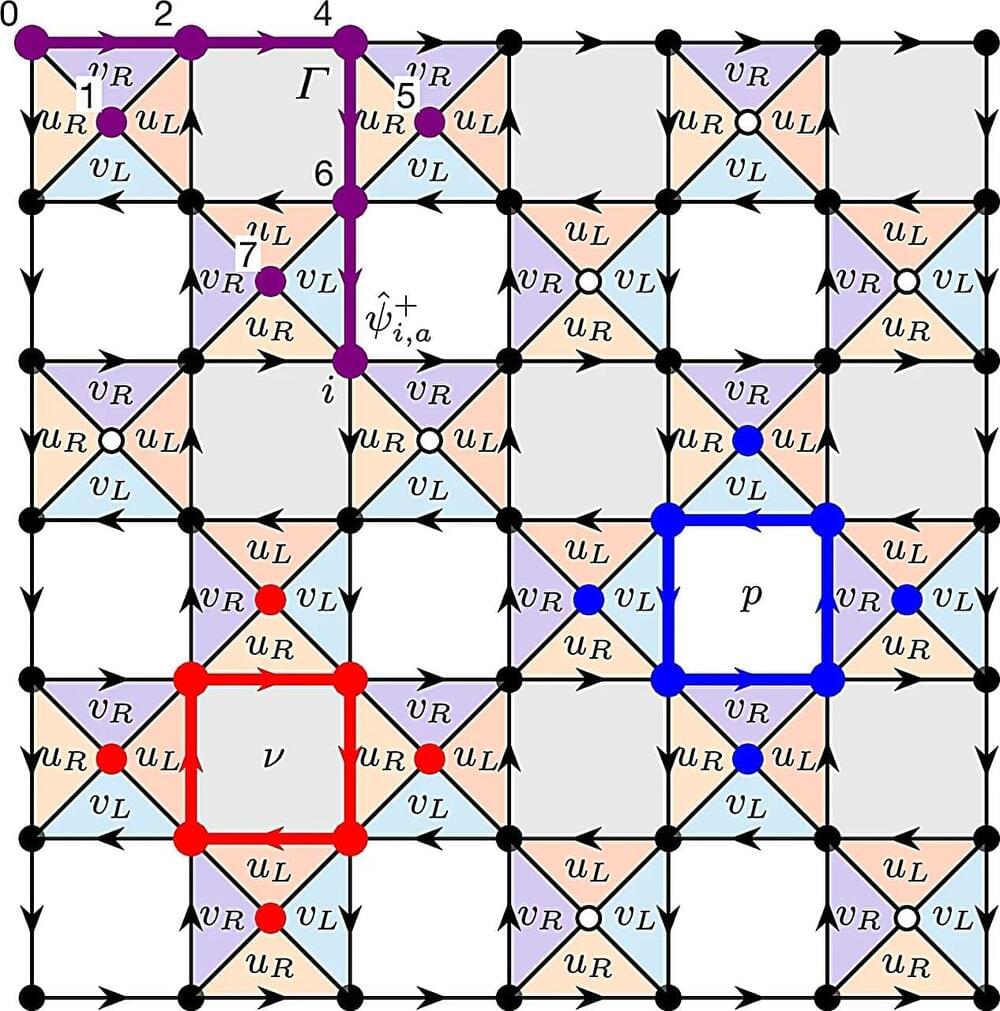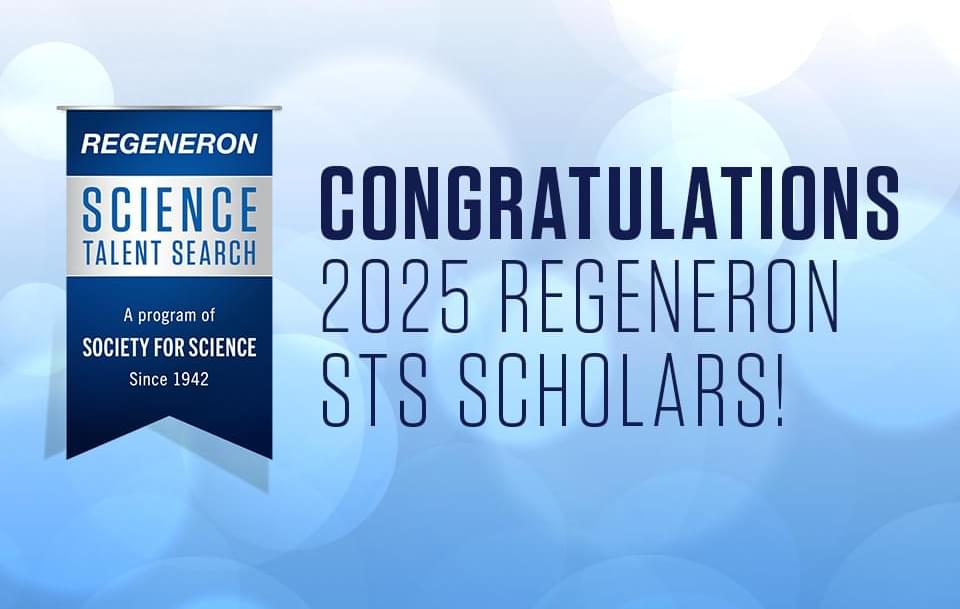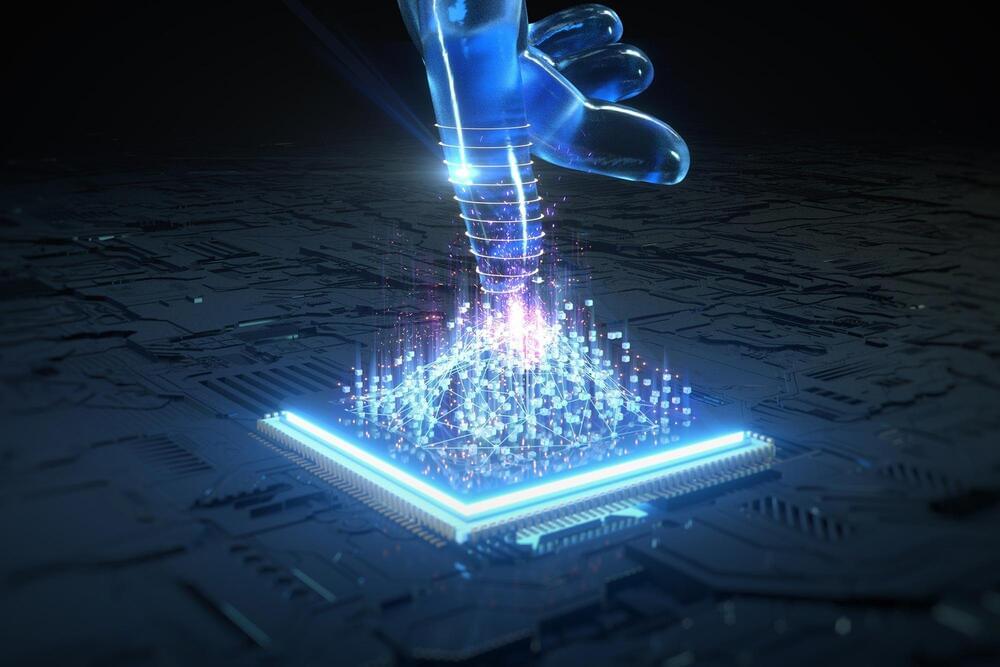Exploring the most important questions we face as we age.
Dr. Debra Whitman, Ph.D. is Executive Vice President and Chief Public Policy Officer, at AARP (https://www.aarp.org/) where she leads policy development, analysis and research, as well as global thought leadership supporting and advancing the interests of individuals age 50-plus and their families. She oversees AARP’s Public Policy Institute, AARP Research, Office of Policy Development and Integration, Thought Leadership, and AARP International.
Dr. Whitman is an authority on aging issues with extensive experience in national policy making, domestic and international research, and the political process. An economist, she is a strategic thinker whose career has been dedicated to solving problems affecting economic and health security, and other issues related to population aging.
As staff director for the U.S. Senate Special Committee on Aging, Dr. Whitman worked across the aisle to increase retirement security, lower the cost of health care, protect vulnerable seniors, safeguard consumers, make the pharmaceutical industry more transparent, and improve our nation’s long term care system.
Before that, Dr. Whitman worked for the Congressional Research Service as a specialist in the economics of aging. She provided members of Congress and their staff with research and advice, and authored analytical reports on the economic impacts of current policies affecting older Americans, as well as the distributional and intergenerational effects of legislative proposals.
